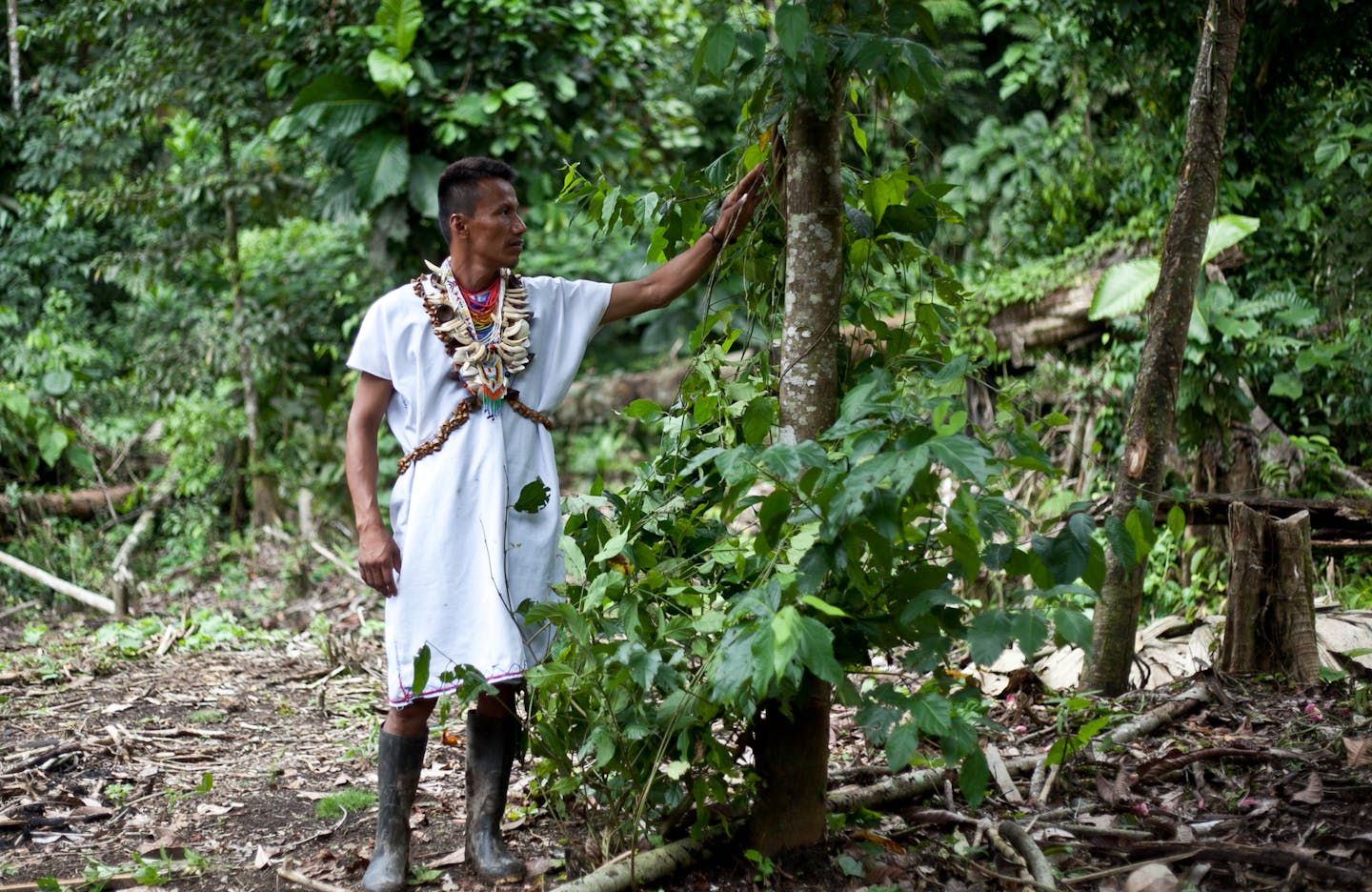Indigenous peoples are critical guardians of biodiversity
For thousands of years, Indigenous communities have been caretakers of the environment, protecting their lands, respecting wildlife, and utilizing traditional knowledge passed down through generations.
Today, they continue to safeguard some of the most biodiverse areas on the planet. Almost 50% of the world’s land mass (minus Antarctica) is occupied, owned, or managed by Indigenous peoples and local communities, with roughly 40% of those landscapes labeled as protected or ecologically sound. And though Indigenous peoples comprise only around 6% of the global population, they protect 80% of biodiversity left in the world. Preserving biodiversity is also key to turning around the climate crisis, as these areas are major carbon sinks.
At the same time, many Indigenous communities—especially those in isolated regions—continue to face threats like disease outbreaks, poverty, environmental injustices, and human rights violations. Some rural populations may even be facing extinction: one 2016 study followed eight Indigenous groups living in isolated areas in South America over the course of a decade and found only one group to be growing, while the rest were small and sparsely populated.
“As go our peoples, so goes the planet,” says Nemonte Nenquimo, a leader in the Waorani community in Ecuador and founding member of the Indigenous-led nonprofit organization, Ceibo Alliance. “The climate depends on the survival of our cultures and our territories.”
Read the full article on The Guardian >

